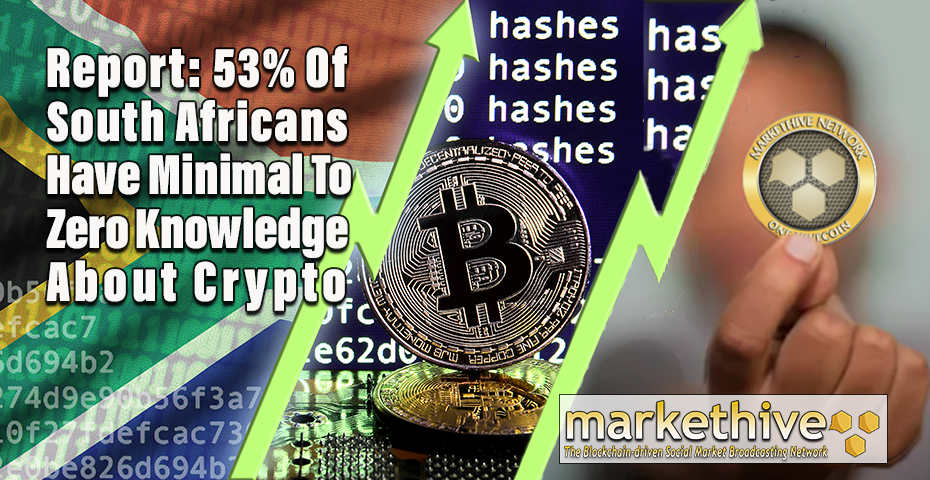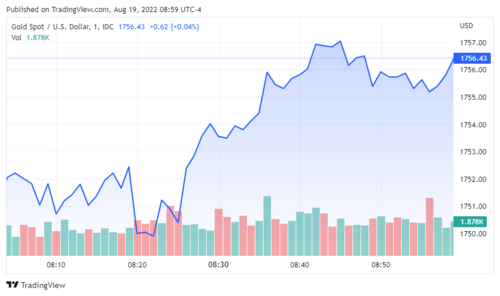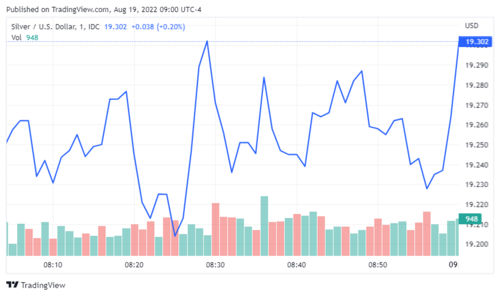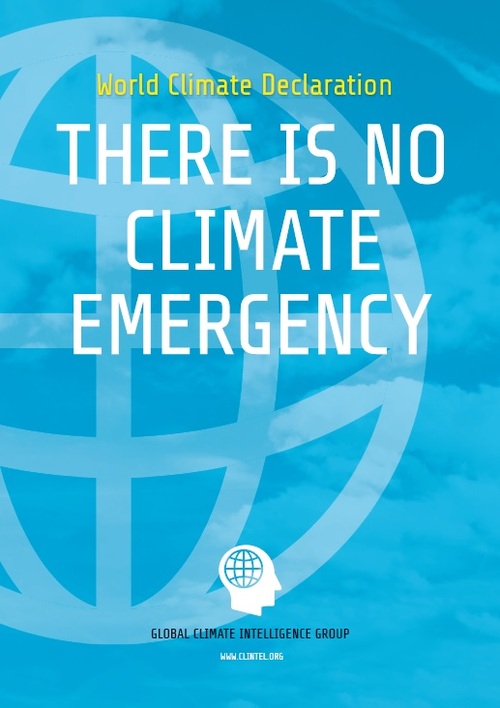ユニークカジノ(unique Casino)
海外の中でもランドカジノが発達している米国では、なんと多くの州でオンラインカジノが違法。 ハワイアンドリームは、沖スロのパチスロにそっくりな仕様になっているので、パチスロファンからも人気のスロットになっています。 ラッキーニッキーのウェルカムパックは、ボーナスかフリースピンどちらか好きな方を選べるようになっています。
無料ボーナスとはオンラインカジノにリアルマネーを入金しなくてももらえるボーナスです。 ちなみに私は、入金不要ボーナスで得た賞金を入金し、さらにウェルカムボーナスも利用して、合計で約2,500ドルの利益を得ることができました。 メールアドレスだけでなく、IPアドレスもチェックされ、複数の入金不要ボーナスを受け取ろうとする悪質なユーザーには、出金拒否やアカウント削除などの厳しい措置が取られます。 ボーナスマネーを使ってプレイするゲームによって、スロットでは100%、ライブカジノでは10%と、賭け金条件が異なります。 入金不要ボーナスがボーナスチップの場合、「ボーナスチップ×賭け条件」のベットをすることで、ボーナスや賞金を引き出すことができます。
登録ボーナスの有効期限は、受け取り日から7日間で、それ以降は失効します。 コンカーカジノでは、1,000円の入金不要ボーナスを提供しています。 様々なプロバイダーの64種類以上のゲームが用意されており、デモプレイも可能なので、低額ベットで様々なスロットを試すのに最適です。 ウェルカムボーナスを利用すると、Yggdrasil社のゲームを通常の2倍プレイできます。 Unique Casino(ユニークカジノ)にある新しいYggdrasil のゲームで、幸運を掴み取ってください。 先日Unique casino (ユニークカジノ ) から奇跡のような話を聞きました。
レジットカードや電子決済サービス、ビットコインなどが一覧に表示されるので、好きな入金方法を選びましょう。 登録をしていなくても一部のゲームを無料で遊べるので、登録に迷っている方はまず無料で遊ぶことをおすすめ。 まず、ユニークカジノを運営する会社がオランダ領のキュラソーにあり、現地でライセンスを取得しているという事実があります。 これらのソフトをオンラインカジノ側が細工することは不可能なので、不当に負けさせられる心配はありません。 これはどのサイトにも共通しているカジノの宿命であり、稼げるかどうかは、ゲームの内容とその勝率、あるいは運次第といわざるを得ません。 ランドカジノかオンラインカジノなのかは関係なく、カジノでお金を賭ける以上は必ず負けてしまうリスクを伴います。
また、某アフェリエイトサイトでカスタマサポートランキング上位にランキングするなど、カスタマーサポートの親切さも保証されているので、皆様安心してお問い合わせしてくださいね。 ラッキーニッキーのカスタマーサポートは、日本時間の15時から翌朝3時まで、メール、チャット、電話でお問い合わせを受け付けています。 ベラジョンカジノ(Vera&John)は、とにかく分からないことがあっても全て分かりやすくサイト上で解説しています。 しかし、違法オンラインカジノも取得しているライセンスなので、やはりライセンスの信頼度自体は何とも言えないところでもあります。 以前のベラジョンカジノは、マルタゲーミングライセンスを保持していましたが、最近になってキュラソーライセンスに移行されています。
ユニーク カジノ そこで今回は、実際のプレイヤーの評判や口コミなどユニークカジノについて調査してみましたので、良い評価・悪い評価も合わせてご紹介していきます。 ユニークカジノでは、初回入金後、自動的に「ロイヤリティプログラム」に登録されます。 私たちのユニークなカジノレビューチームは、カジノがキュラソーで認可され、規制されていることを発見しました。 これは、オンラインカジノの規制のための非常に尊敬されているライセンスです。
入金ボーナスの上限は$200なので、$200を入金すれば$200の入金ボーナスがもらえ、軍資金$400でオンカジを満喫することができます。 当サイトの使命は、皆さんの最適なオファーやボーナス探しを支援することであり、オンラインギャンブルを最大限に楽しんで頂けるよう、全力を尽くしています。 ホイールスピンボーナスで獲得したボーナスのパーセンテージは次回の入金時に反映されますが、その入金は10日以内にする必要があります。 オンラインカジオランダ領キュラソー政府の機関によって認可および規制されている合法カジノなので、安心してプレイできます。 キュラソーライセンスはオンラインカジノ業界では誰もが知る有名なライセンスです。
今後、もしご要望が多い場合には、安全性などを検討したのち、リストに入れる可能性もあります! ボーナスマネーを引き出す、つまり「ボーナスマネーをリアルマネーに変換する」ためには、カジノやボーナスごとに設定された「賭け条件」をクリアする必要があります。 オンラインカジノでは、原則として、自分のお金を入金した「リアルマネー」と、ボーナスで獲得した「ボーナスマネー」は、別物として扱われます。 最大勝利金額を超過した分は、出金の際に自動的に没収されます。
- よく当たるビデオスロットで、少しの運で大当たりすることも可能です。
- さらにさらに、クイック入金を利用した場合は毎回ボーナスを申請できます。
- オンラインカジノで勝つための秘訣は、できるだけ多くのオンラインカジノに登録して、ボーナスが手厚いところに入金することです。
- また、キャッシュバックや入金ボーナスが獲得できるお得な機会が多く設けられていることもユニークカジノの魅力です。
- ユニークカジノのキャッシュバックは、1日に1回、1カ月以内に4つまで無料で申請できます。
- ・入出金に関しては幅広く対応していて、入金出来るクレジットカードの種類にJCBやAmerican Expressも対応していて、また出金に関しても、銀行送金にも対応可能。
ただ、金土祝日は日本語サポートは現在のところやっていません。 日曜日は時々ランダムに対応をしてくれることがあるとのことです。 入金のたびにフリースピンがもらえたり、ベット額の0.4%がもらえたりすることに加え、これらのボーナスには賭け条件がないため即出金が可能。 など、出金条件が低い=出金しやすい入金不要ボーナスを配布しているオンラインカジノを使っていきましょう。
おもてなしの心のUnique Casinoのボーナスは盛り沢山です。 まずはなんと言っても基本のウェルカムボーナス、初回入金時に100%最大2万円、そして初回入金と同時に20回のフリースピンが付与されます。 また、文字通りユニークなのが、ボーナスホイールという独特の週間ボーナスシステムです。 ユニーク カジノ 25、30、40、50、75、100%とボーナス率がルーレットになっていて、次にボーナスを申請する際のボーナス率を決めるシステムになっています。 サポートさんいわく、キャッシュバック額は入金額と損失額、VIPステータス、ゲームの利用具合などで決まるということです。
1,000種類以上あるゲームも飽きが来ず、たくさん遊べること間違いなしですね! お客様のクレジットカード情報はユニークカジノに一度送られた後、安全なシステムに暗号化されて保存されます。 出金が遅いときがあることは、ある程度覚悟しておいたほうが良いでしょう。 http://konibet-casino.com/ ユニークカジノは、2016年に誕生し、2019年に日本語サービスを開始したばかりの新しいオンラインカジノです。 取得が困難といわれるキュラソーライセンスを保持しており、利用者から厚い信頼を寄せられています。
ノーデポジットで購入したカジノボーナスは、永久的なものと一時的なものに分けられます。 永久ユニークカジノ入金不要ボーナスは、登録時期に関わらず、どのプレイヤーにも適用されます。 一時的なユニークカジノ入金不要ボーナスはプロモコードの形で発行され、個人のキャビネットに入力されると有効になります。 ユニークカジノはライセンスを取得しており、サポートも充実しているため、安心してプレイできるオンラインカジノです。 この記事では、ユニークカジノの特徴や使い方、入金出金方法を徹底解説。
ベラジョンカジノ(Vera&John)では初回から3回目までの入金に対してもらえるボーナスがあります。 ちなみに、メールは24時間になっていますが、日本人スタッフが上記の時間にしかいないので、日本語での対応を望む場合、ライブチャットと同様の時間になります。 また、最近ではウィ二ングキングというオンラインカジノも創立したので、キャッシュバックボーナスが欲しいという方は、ぜひ遊びに来てくださいね。 ポイントのお金への変換は、1.2のオッズで、賭け金の額は30倍です。 プラチナステータスのプレイヤーは、特別なトーナメントやプロモーションに参加したり、賞金を引き出す際に優先的に使用することができます。 彼または彼女には、何か問題が発生したときに助けてくれるパーソナルアシスタントが割り当てられます。
これは、登録するだけでもらえるお得なボーナスで、入金しなくてもすべてのゲームで使用することができます。 ロイヤルパンダの入金不要ボーナスとは、ロイヤルパンダに新規アカウントを登録するだけでもらえるボーナスのことです。 1xbit(ワンバイビット)は一定した入金不要ボーナスはありませんが、プロモーションコードを経由して様々なボーナスがもらえます。
これらの点から、ユニークカジノの提供するゲームやプレイ結果の公平性を信頼してプレイすることができると思います。 ユニークカジノはオンラインカジノ初心者の方でも気軽に遊ぶ事が出来るオンラインカジノです。 ただし検索機能を使う際には、日本語で打ち込んでもうまく検索することができません。 たとえば「ポーカー」ではなく「poker」と入れなくてはヒットしないのです。
禁止されているゲームをプレイした場合、ボーナスや賞金が没収される可能性がありますので、利用する前に各カジノのボーナス規約を必ず確認してください。 賭け条件がスロット100%、ライブカジノ10%の場合、賭け条件を満たすためには、スロットで$30,000、ライブカジノで$300,000を賭ける必要があります。 ほかのオンラインカジノのライブゲームにも賭けることが可能。 賭け条件はオンラインカジノごとに異なりますので、ボーナスマネーをご利用になる前に、各カジノの登録ボーナス規約をご確認ください。 オンラインカジノが初めての方のために、「賭け条件」や「出金制限」など、オンラインカジノの基礎知識をご紹介します。
複数のボーナスの併用は不可であるため、他のボーナスを全て使い切ってから、フリースピンの申請をしてください。 キュラソー政府が発行するライセンスは、2014年以降に審査基準が上がっており、優良カジノのみ取得可能です。 全世界における業界最大手とも言える信頼度MAXマイクロゲーミング! サーバーの安定度も高く、スロットはもちろんのことライブゲームも豊富に揃っています。 独創的な世界観と機能がプレイヤーのワクワク感をぐんぐん持ち上げます。
初回は自動で付与されますが、2回目からはコードを入力しないと反映されないのでご注意下さい。 またカジノゴッズ自体がサイトのセンスが凄いですが、遊びやすくする様に神機能が揃っています。 カジノレビュー ジパングカジノ 【100%~賭け条件18倍】 ジパングカジノ は初回入金ボーナスを選べますが、100%の賭け条件18倍がオススメです。 賭け条件が18倍は入金ボーナスの混合型ではかなり甘い部類です。 もっとボーナスを貰う事も出来ますが賭け条件が変わってくるので注意です。
ナショナルカジノのボーナスをもらうナショナルカジノ入金不要ボーナスは、40倍の賭け条件があります。 フリースピンで獲得した賞金の40倍を賭けることで、賞金を引き出すことができます。 ナショナルカジノの入金不要ボーナスは、当サイトのURLから新規アカウントを登録した際に、自動的にお客様のアカウントに入金されます。 スロティカでは、当サイトで新規アカウントを登録すると、10ユーロ(1400円)の入金不要ボーナスを提供しています。 カジノデイズの入金不要ボーナスは、当サイトのURLから新しいアカウントを登録した際に、自動的にお客様のアカウントに入金されます。 カジノデイズでは、当サイトで新規アカウントを登録すると、10ドール(約1250円)の入金不要ボーナスが手に入れます。
カジノを開くと、通知を受けるかどうか聞かれるので「はい、お願いします」を選ぶと、カジノから自動で通知が届くようになります。 この通知はインターネットブラウザを使っていると有効になります。 ブラウザに表示されるので、気になる情報だったら、そのままクリックすることですぐにカジノを開けます。 カジノサイトで詳細を読んで、ボーナスやプロモーションを利用しましょう。 通知を設定すると、Unique Casino (ユニークカジノ) のボーナスや無料マネーなどを見逃すことがありません。
オンラインゲームに関して言えば、日本のオンラインギャンブルにはいくつかの選択肢があります。 まず、当サイトの登録用リンク(広告バナー、「カジノへGo」ボタンもOK)からユニークカジノに移動し、サイト右上にある「今すぐ参加」ボタンをクリックします。 専用アプリはありませんが、PCだけでなく、スマホやタブレットなどのデバイスからでもプレイが可能です。 操作性の面でも、デバイス間でそこまで違いはなく、デバイスに関係なく簡単に使うことができます。 出金自体は、リクエストから24時間以内で手続きが完了します。
また、どのようにすればよいかわからない場合は、サポートチームにお問い合わせいただき、その旨をお伝えください。 1スピン€0.5から€2.5の賭け金で常にプレイしたわけではありません。 実際、Unique casino (ユニークカジノ ) で当サイトから莫大な勝利金をゲットした初めてのプレイヤーです。 当サイトからUnique casino (ユニークカジノ ) に参加すると、登録時に$10がもらえるだけでなく、初回入金額が2倍になります。
これを見れば、誰がどの金額を何のゲームで手に入れたのか一目瞭然なので、不正がないことの裏付けとして一定の評価ができます。 最もランクの低い「ブロンズ会員」のキャッシュバック最高位額は$25ですが、最上位の「レッドダイヤ」会員は$100にまで引き上がります。 たとえば、ボーナス額が$100だった場合、$3,000を使った段階からボーナス額を含めたお金を引き出すことができます。 左上の三本線をタップすると、キャッシュ+ボーナス額が表示されますが、さらに「マイアカウント」をタップすると、現金とボーナスの残高が表示されます。
Unique Casino (ユニークカジノ) ボーナスは、タブレット、スマホでも利用できます。 モバイルカジノを開くと無料で$10もらえるので、モバイルカジノゲームを試してみることができます。 またタブレットやスマホでカジノに1回目の入金をすると、入金額が2倍になります。 勝ちやすさは、オンラインカジノを選ぶ上での、重要なポイントでしょう。 一方で、分離型のボーナスでは、ボーナスにのみ出金条件が課されます。 ゲームをプレイするときはリアルマネーから消費され、リアルマネーが底を尽きた後にボーナスが利用できます。
ですから、$5以下のベットでスピンを回すことをお勧めします。 ユニークカジノでは、電話、メール、ライブチャットで日本語のサポートを受けることができます。 また、電話番号は海外ではなく日本にあるので、厄介な国際電話をかける必要はありません。
タブレットかスマホから、何回かクリックするだけで簡単にボーナスが受け取れます。 Unique Casino (ユニークカジノ) に新しい機能ができました。 これまでは、ボーナスやプロモーションに関する情報はメールやSMSで伝えられていましたが、通知で受け取れるようになりました。
ホイールで獲得したボーナスを必ずしも使う必要はありません。 そうすると、無料プレーマネーは一切デポジットに加算されません。 この場合はエコペイズで最小入金額の$10をユニークカジノに入金したのち、そのまますぐに$10を含めた金額を出金申請すればOKです。 毎週のボーナスホイールや定期的なスペシャルボーナスオファーなど入金ボーナスの獲得チャンスが非常に多い。 最大5000円貰える入金不要ボーナスについてまとめています。 入金不要ボーナスは貰えば貰う程チャンスが増えますので可能な限り貰っておきましょう。


.gif) Credit Suisse downgrades its average gold price forecast to $1,725
Credit Suisse downgrades its average gold price forecast to $1,725




.jpg)
.png)






(8).gif)


